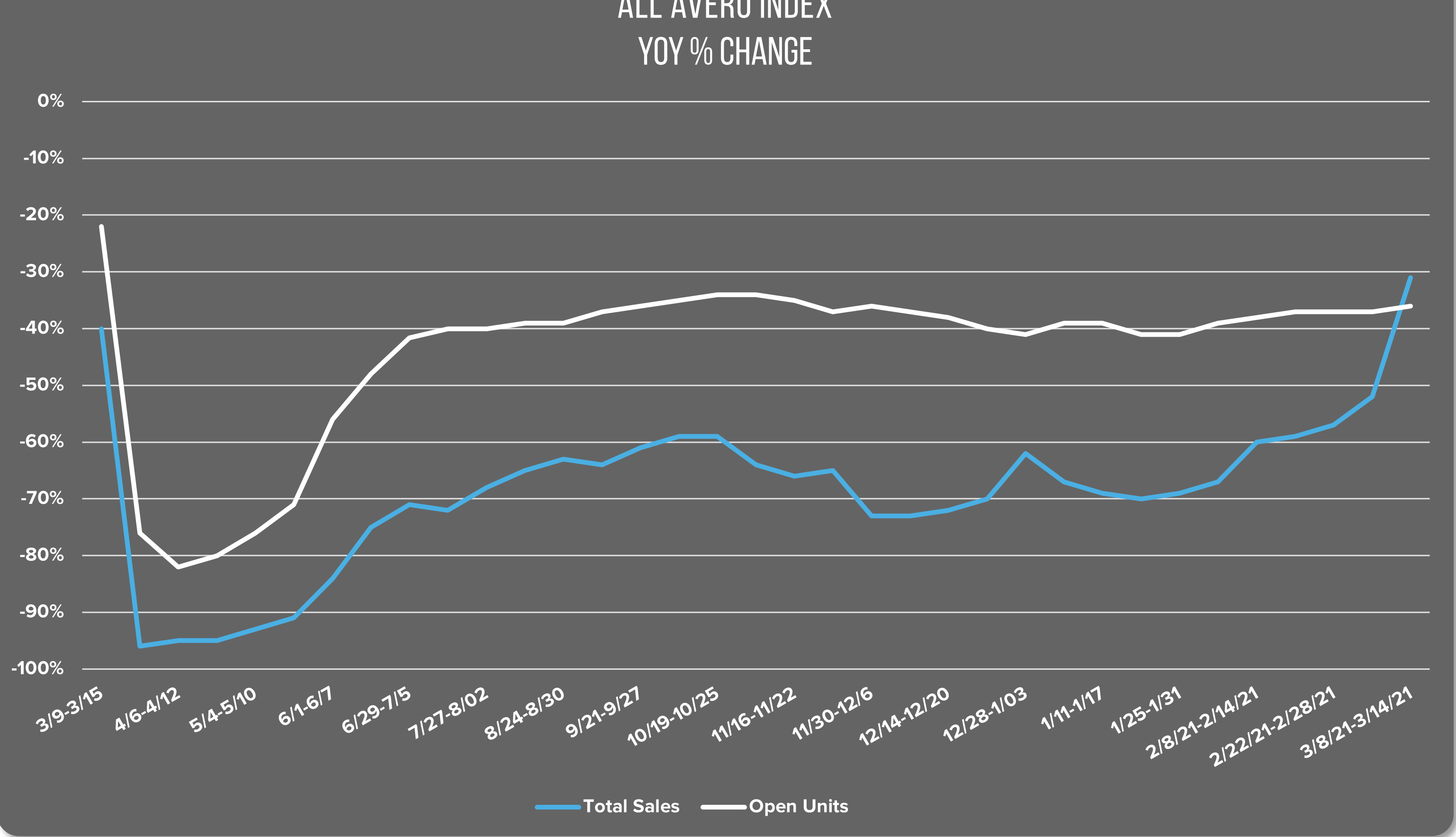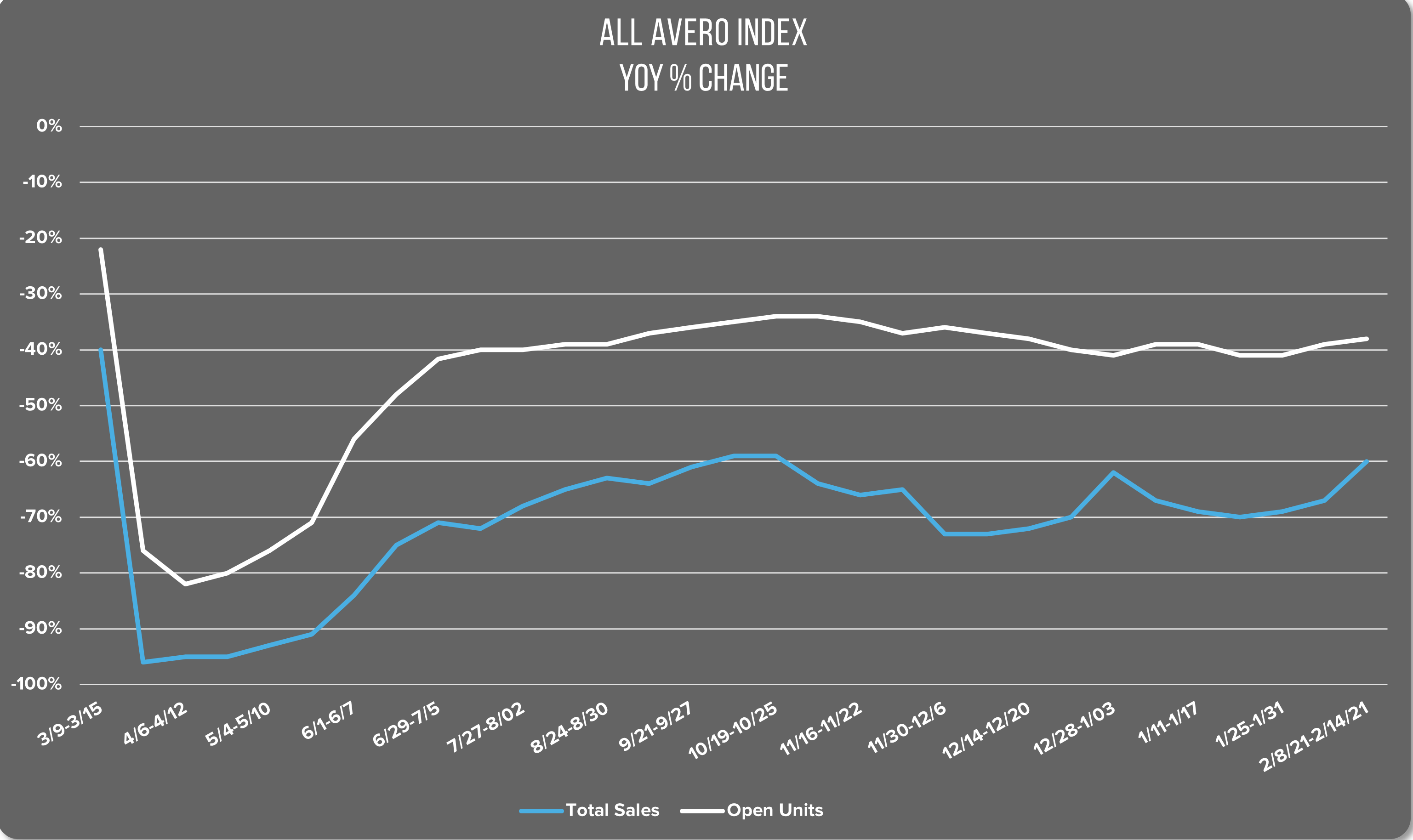 So your restaurant makes great food, but does it make great profits? Restaurant food costs typically range from 25-35% of total sales dollars. It’s best to aim for the lower end of that range if your restaurant has higher labor and overhead costs, like in metropolitan areas with unionized labor markets, and it’s important to know the cost of each item as opposed to the restaurant average. Understanding which items are the most profitable will motivate you to sell more of them.
So your restaurant makes great food, but does it make great profits? Restaurant food costs typically range from 25-35% of total sales dollars. It’s best to aim for the lower end of that range if your restaurant has higher labor and overhead costs, like in metropolitan areas with unionized labor markets, and it’s important to know the cost of each item as opposed to the restaurant average. Understanding which items are the most profitable will motivate you to sell more of them.
The first step toward monitoring and controlling restaurant food costs is calculating each recipe cost. Make sure to factor in trim yield percentages – for example, carrots have an 80% yield, so if you purchase one pound of carrots you only get 0.80 pounds (or 12.8 ounces) of usable product. (The Book of Yields: Accuracy in Food Costing and Purchasing is a great reference to determine how much usable product should be yielded from each whole food item.) Then compare yield percentages with your kitchen staff’s actual yield to ensure that they’re not discarding usable parts of food items.
To determine your food cost percent, divide your food cost by your selling price. Let’s use Fish & Chips as an example:
- Fish & Chips food cost = $4.21
- Selling price = $15.00
- Food cost percent = 28.06%
To determine your selling price, divide your food cost by your target food cost percent:
- Fish & Chips food cost = $4.21
- Target food cost = 28%
- Selling price = $4.21 / 0.28 = $15.04 (round down to $15.00 or up to $15.50)
Note that pricing items exclusively by target food cost percent can undermine your revenue potential. If all your competitors are selling Fish & Chips for $25, by all means increase your selling price to maximize revenue!
So now that you know your food costs, next you want to reduce them. Here are some helpful hints:
- Weigh all ingredients as soon as they’re delivered. Make sure your vendors are delivering the quantities that are on the requisition sheet, and don’t sign anything until you confirm that the order matches the delivery.
- Change menu items seasonally. An heirloom tomato salad is much more expensive to make in the winter than in the summer, so maybe leave that one off the menu during colder months.
- Scraps equal cash! Find creative uses for food trim — use bones for stock, puree herb stems for sauces, even serve leftovers at family meals. The possibilities are endless!
- Use each ingredient in various recipes. If you use cucumbers as a garnish, you’ll want to have another use for those less-than-perfect slices. Cucumber gazpacho, anyone?
- Rotate inventory. Use the “first in, first out” (FIFO) method to ensure that the oldest food products get used first.
- Log food waste due to employee error. Burnt biscuits, server spills, and misfired dupes all account for food you paid for but never made its way to a customer’s mouth. Employees associated with these incidents may need some additional training!
- Monitor employee “taste testing.” Your prep cook’s daily snack of Marcona almonds could be costing you big time.
Let Avero help you with your restaurant operations – get started today!
–Written by Rocky Forman, Summer Intern, Avero





